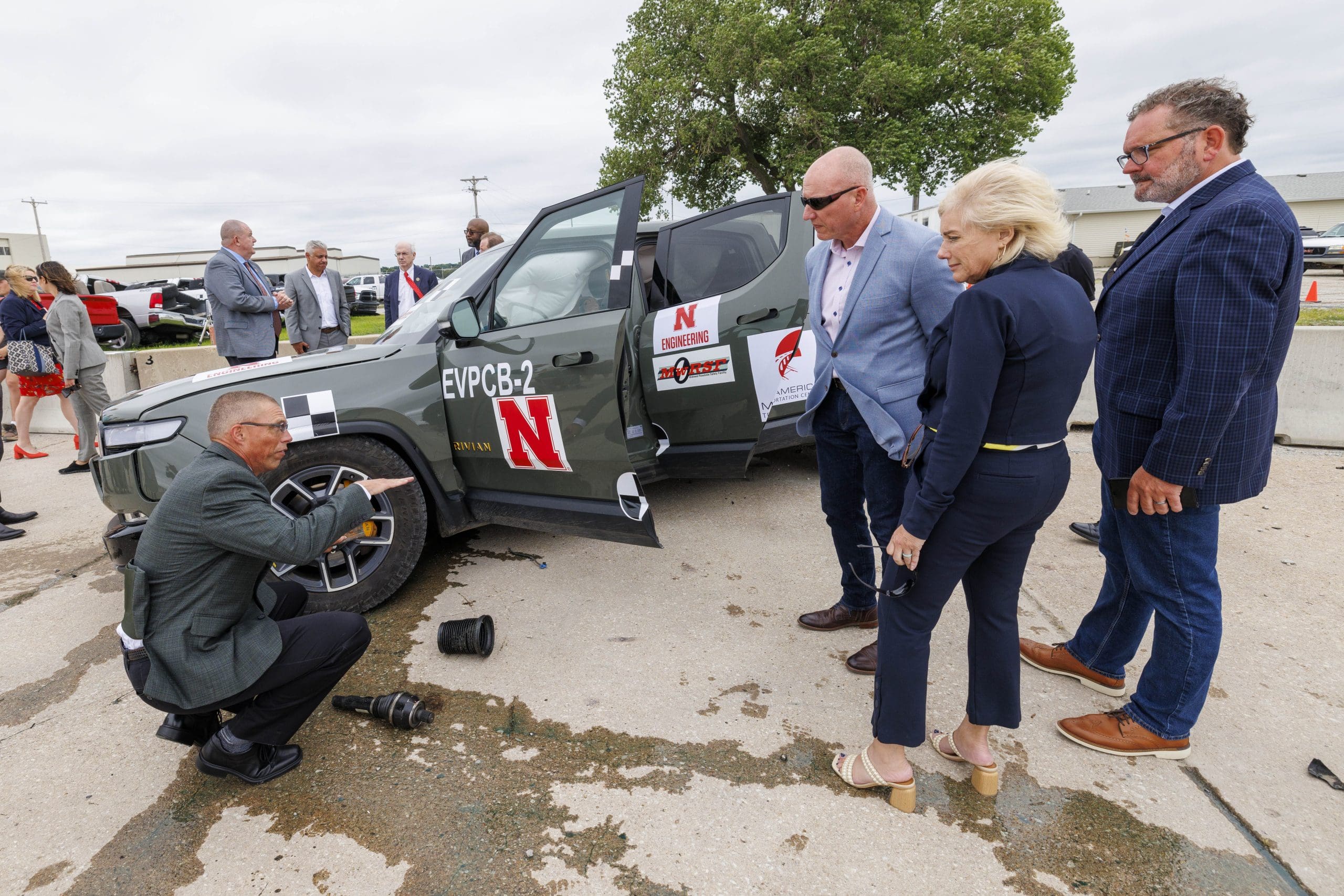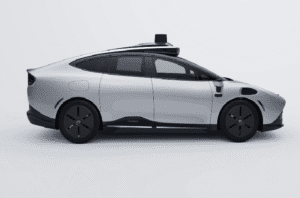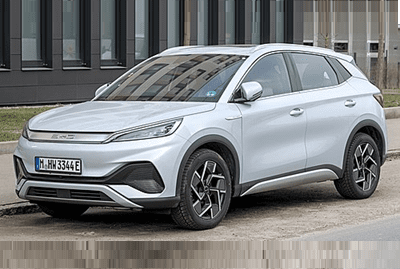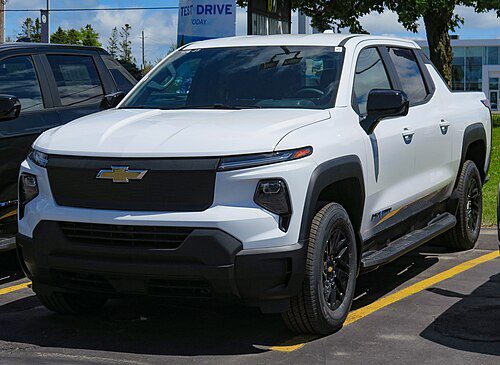Nebraska, United States — Concerns remain as to whether current highway safety features like guardrails and concrete barriers can withstand the increased weight of electric vehicles, compared to ICE vehicles, following a series of tests by the University of Nebraska Midwest Roadside Safety Facility.
A fourth electric vehicle crash test was conducted by the Midwest Road Safety Facility this past July, where researchers attempted to determine whether commonly used highway guardrails and traffic barriers can reduce the risk of injury and death when an EV leaves the road.
“All four tests have raised concerns whether current highway safety features—which are designed and tested for vehicles with internal combustion engines—will be sufficient as electric vehicles become more widely adopted,” reads a report from the University of Nebraska.
“Historically, there has not been any testing of electric vehicles with roadside barriers—what works, how the vehicles will behave and how the barrier systems interact with the vehicle,” said Cody Stolle, lead investigator for electric vehicle crash tests for the Midwest Road Safety Facility.
The most recent test conducted on July 1 used a Rivian R1T electric pickup. The 7,000 lb. pickup truck, travelling at 62 miles per hour (approximately 99 km/h), crashed into a 16-segment portable concrete barrier—the type commonly used as freeway median barriers or to shield highway construction workers from ongoing traffic. The Rivian struck the barrier at a 25-degree angle.

The University of Nebraska and the Midwest Road Safety Association maintain that the exercise was conducted with all the requirements specified in the Manual for Assessing Safety Hardware, the American Association of Highway and Transportation Officials guidebook for crash testing highway safety features.
The purpose of the Rivian R1T test, according to Director of the Midwest Road Safety Facility Ronald Faller, was to “investigate the ability of portable concrete barrier systems, commonly used in highway construction zones, to safely contain and redirect the heavier EV with controlled lateral barrier displacements.” Crash dummies were placed in the cab to assess the risk to occupants.
After analyzing data, the Nebraska engineers concluded that the Rivian passed the test based on standardized criteria for occupant risk and vehicle containment; the vehicle was contained and redirected by the 32-inch high barrier and the occupying crash test dummy remained intact.
“The occupants would’ve likely survived and been OK,” said Stolle.

The barrier, however, suffered catastrophic damage. Several segments, each weighing approximately 5,000 lbs., were pushed back more than ten feet—more than 50 percent higher than the typical displacement distance, said Stolle.
“Anybody on the back side of that barrier could have been pushed off the side of a bridge. It’s not safe for workers and work zones and not very practical for departments of transportation,” he added.
During an October 2023 experiment, a 2022 Rivian R1T busted through a 31-inch-high guardrail system made of 12-gauge corrugated steel. A September 2023 test using a 2018 Tesla Model 3 lifted a similar barrier—the car then passed below it.
A March 2024 test showed that a 62-inch tall, high-performance concrete barrier could safely contain a 2018 Tesla Model 3, though, in that test, the back end of the car swung and hit the barrier more than 50 percent harder than a typical ICE vehicle would have.




















